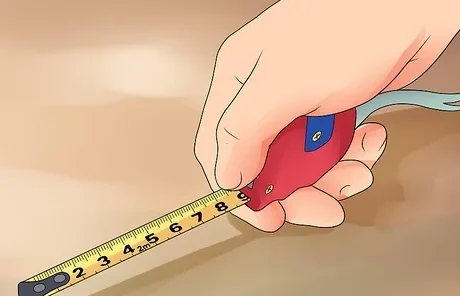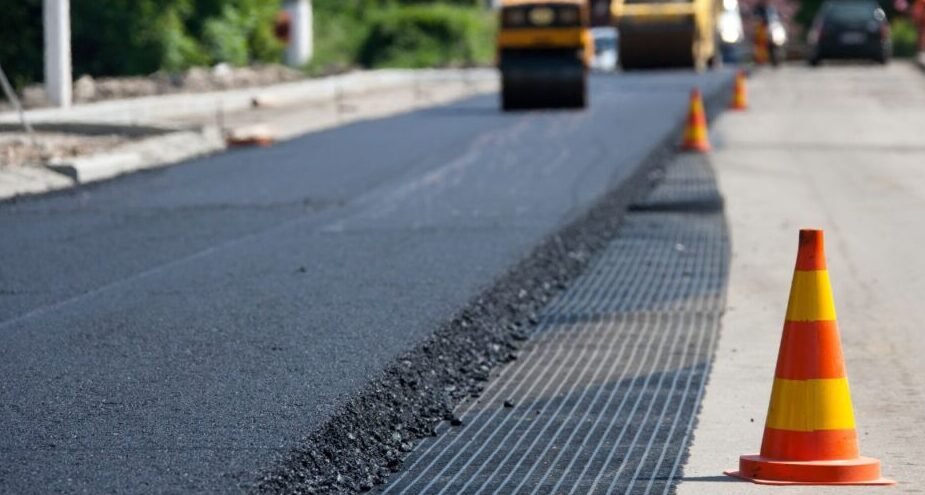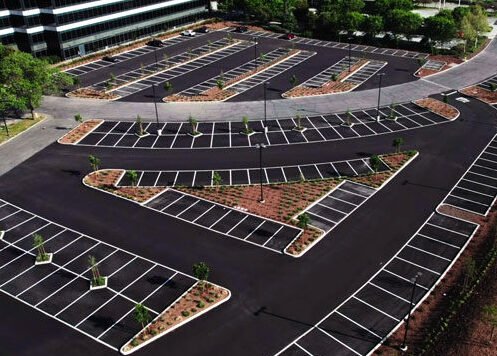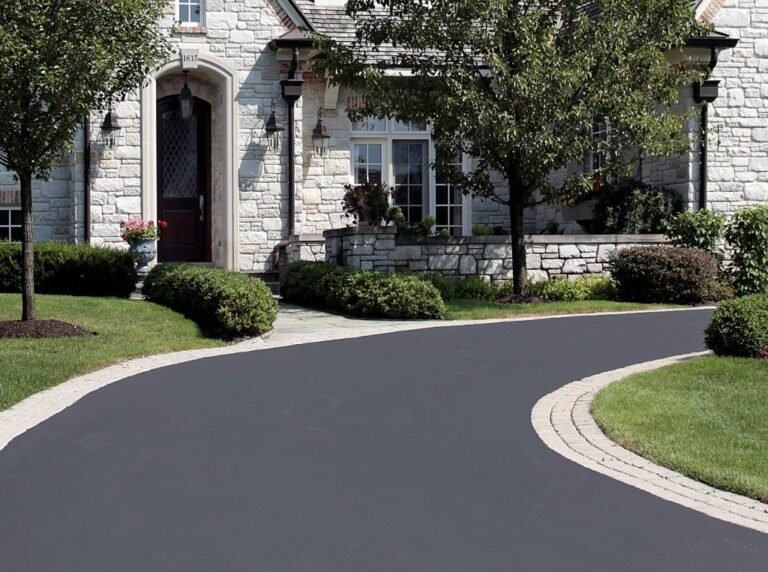Using an Asphalt Calculator for Parking Lot Construction

Planning to build or repave a parking lot? It’s exciting but can feel overwhelming, especially when figuring out how much asphalt you need. Don’t worry! With an asphalt calculator, this job becomes easier and less stressful. We’re here to guide you on “How to Use Asphalt Calculator for Parking Lot Construction”.
Why Is an Asphalt Calculator Important for Parking Lots?
A parking lot isn’t a small project. Calculating the right amount of asphalt is crucial to avoid wasting money or running out of material. Imagine stopping mid-project because you didn’t order enough asphalt! An asphalt calculator ensures you get accurate measurements and saves you from unnecessary headaches.
Tools You’ll Need Before You Start
To get the most out of your asphalt calculator, have these tools ready:
Measuring tape (for measuring the parking lot dimensions)
Calculator (or a smartphone app for quick math)
Notebook or app (to write down your numbers)
Pen or pencil (because it’s always good to have one handy)
These tools will make your calculations smooth and accurate.

Step-by-Step Guide: Using an Asphalt Calculator for Parking Lots
Let’s break down the process into simple steps that anyone can follow

Step 1: Measure the Area. Start by measuring the length and width of your parking lot in feet. Divide the space into sections if the lot has an irregular shape.
Example: If your parking lot is 100 feet long and 50 feet wide, note these numbers.
Accurate measurements are key to getting the right asphalt quantity.

Step 2: Determine the Depth of Asphalt. The depth of asphalt varies depending on the type of parking lot. For light-duty lots (like small businesses), 2-3 inches of asphalt is enough. For heavy-duty lots (such as malls or industrial areas), you’ll need 4-6 inches.
Write this number down. For example, if you need 4 inches, note it.

Step 3: Convert Inches to Feet. Since calculations use feet, convert the depth from inches to feet. Divide the depth by 12.
Example: 4 inches = 4 ÷ 12 = 0.33 feet.

Step 4: Calculate the Volume. Use this formula to find the volume of asphalt you need:
Length (ft) × Width (ft) × Depth (ft) = Volume (cubic feet)
Example: 100 ft × 50 ft × 0.33 ft = 1,650 cubic feet.

Step 5: Convert to Tons. Asphalt is sold by weight, usually in tons. Convert cubic feet to tons using these steps:
Multiply the volume by 145 pounds per cubic foot (average asphalt weight).
Divide the result by 2,000 to convert pounds to tons.
Common Mistakes to Avoid
Even with an asphalt calculator, mistakes can happen. Here’s how to avoid them:
Ignoring Base Quality: A weak base can cause your asphalt to crack. Always check the base before laying asphalt.
Not Accounting for Waste: Order 5-10% more asphalt to account for spills or uneven surfaces.
Relying on Guesswork: Precise measurements are non-negotiable. Don’t eyeball it!
Benefits of Using an Asphalt Calculator
Using an asphalt calculator offers several benefits:
Saves Time: No manual math means faster planning.
Accurate Estimates: You’ll know exactly how much material to order.
Cost Efficiency: Prevents over-ordering or under-ordering asphalt.

My Experience with an Asphalt Calculator
When I first tried using an asphalt calculator, I was skeptical. I thought it might be complicated. But once I started, it was so easy! For a small parking lot project, it saved me from ordering too much asphalt. Honestly, it felt like having an expert by my side. Give it a try; you’ll thank yourself later!
Frequently Asked Questions (FAQs)
1. How much does a ton of asphalt cover?
A ton of asphalt typically covers about 80 square feet at 2 inches thick. Adjust the depth for your project needs.
2. Can I use an asphalt calculator for a sloped parking lot?
Yes, but account for the slope by dividing the lot into smaller sections for accurate measurements.
3. What if my parking lot has irregular shapes?
Divide the area into smaller, regular shapes (like rectangles or triangles). Calculate each section and add them together.
4. Should I compact the asphalt after laying it?
Absolutely! Compacting ensures durability and prevents premature damage. It’s a crucial step in asphalt paving.
5. Where can I find a reliable asphalt calculator?
Try trusted tools from websites like Pavement Interactive or ask your contractor for recommendations.
Conclusion: Key Takeaways
Using an asphalt calculator for parking lot construction is a game-changer. It ensures accurate estimates, saves money, and makes your project stress-free.
Here’s what to remember:
Measure carefully and include depth in your calculations.
Convert measurements to feet and tons for accuracy.
Always account for extra asphalt to cover unforeseen needs.
By planning ahead, you’ll have a smooth, durable parking lot that’s worth every penny. Happy paving!








I’ve found ernestopro.com to be an excellent resource when planning my parking lot project. The tools provided make calculating asphalt requirements straightforward, saving me both time and money. Their accurate estimators and helpful guides simplify what used to be a complicated process. I highly recommend ernestopro.com for anyone seeking reliable asphalt calculations for construction projects.